
H.M.H.S. ROHILLA
Ship number 381, was launched at the Harland and Wolff shipyard, Belfast, on the 6th September 1906. She was delivered to her new owners, The British India Steam Navigation Company Limited on the 17th November 1906, and subsequently named SS ROHILLA.
Formed in 1856, the Calcutta & Burma Steam Navigation Company operated until 1862 when it became the British India Steam Navigation Co. Ltd. operating with ships ranging from small service craft and tugs through to major vessels of their time, both passenger and cargo ships. The company listed more than 600 vessels, under its control sailing fortnightly from London to Colombo, Madras and Calcutta.
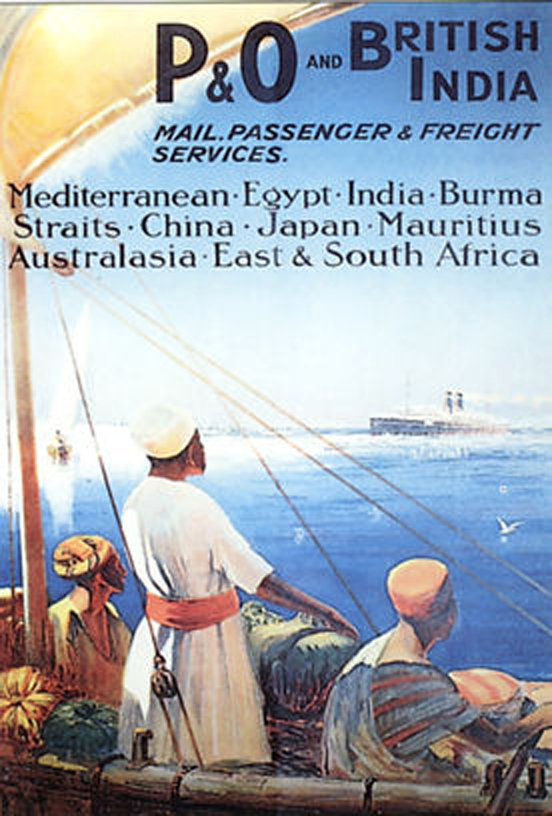
The British India Steam Navigation Co retained its separate identity after its amalgamation with the Peninsular and Oriental Steam Navigation Company (P&O) in 1914 with P&O operating as the 'parent' company. In 1971 the P&O was reorganised into divisions, General Cargo, Passenger and Bulk Handling. All ships of the group were progressively transferred to one of these divisions. Relatively unknown in the UK, the company had the largest number of ships flagged under the red ensign at any one time with a peak of 161 in 1920. The Rohilla was built as a passenger and cruise liner and was registered at Glasgow. After her launch the Rohilla entered the London to India service operating from Southampton to Karachi throughout the winter months, (it would have been very warm attempting the India run during the summer months). In 1908 she joined her sister ship the Rewa as a troop ship, being designated No.6. In 1910 the Rohilla conveyed members of the House of Lords to the Coronation Naval Review of King George V at Spithead, whilst her sister ship Rewa conveyed members of the House of Commons. It was not until the 6th August 1914 that the Rohilla was finally requisitioned as a Naval hospital ship.
The Hospital Ship Rohilla
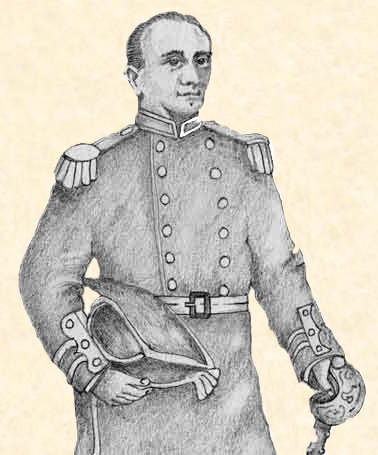
After being requisitioned as a hospital ship the Rohilla was adapted to accommodate her new role as passenger accommodation was converted into hospital wards. The ship was equipped with two operating theatres, complete with X-ray appliances. The work continued day and night in an effort to make her ready as quickly as possible. Overseeing the work was the captain of the Rohilla, David Landles Neilson. Captain Neilson had worked hard in his career qualifying as a Second Mate when only eighteen years old, finally being awarded a Master Mariners Certificate when he was almost forty. He was given command of the Rohilla when she was built, spending his whole career with the British India Steam Navigation Company.
Based temporarily in Scapa Flow the Rohilla received an unexpected Royal visit, when Prince Albert was brought onboard suffering with appendicitis. The nineteen-year-old prince was serving on HMS Collingwood as a midshipman when taken ill. The Rohilla was dispatched to Aberdeen to rendezvous with the Royal Surgeon travelling up from London by train. After arriving at the mainland the Prince was taken ashore by men from the Barnoldswick Ambulance brigade who had been responsible for his care, and transferred to the hospital where two days later he was successfully operated on.
The Rohilla Departs
The ship left shortly after bound for Dunkirk on a route that would take her down the east coast. The Captain had not navigated the North Sea before and had to contend with, German submarines, and mines scattered around the coastline many in un chartered minefields. Under war time restrictions the crew had to navigate their route using dead reckoning for navigation, war time restrictions meant that navigation lights were turned off, navigation signals were muffled and poor weather did little to help keep accurate courses. It is believed the last fix was taken and a new course set as they passed the Farne Islands off the Northumberland coast in worsening weather. The Whitby Coastguard was positioned in a shelter on the cliffs, that would in good conditions have given him an unparallel view of the coast. He was aware of the outline of the Rohilla and knew instantly that the vessel before him appeared to be heading for Whitby Rock a treacherous reef system that would ultimately spell the end for the fine vessel.
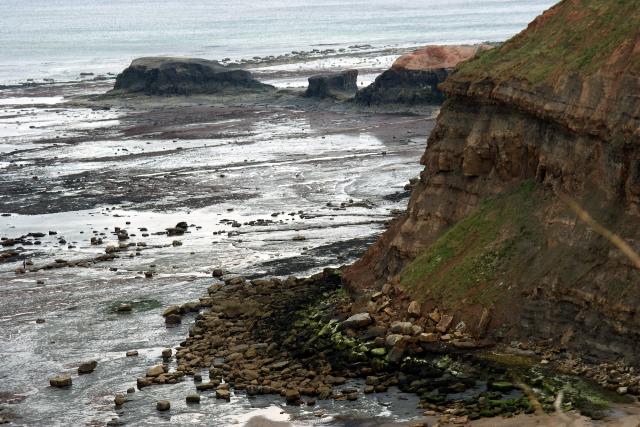
Under normal conditions the hazard would have been marked by the permanently moored Bell Buoy. However with the war conditions the bell had been silenced and the light extinguished. The coastguard tried in vain to warn the vessel of the impending danger despite signaling for thirty minutes the ship failed to alter course. At 4.10 am on Friday 30th October 1914 there was a terrifying shudder as the ship hit the rocks at Saltwick Nab at full speed with 229 persons onboard.
Although the ship was grounded only 600 yards from the shore the weather made any rescue attempt perilous, within minutes the coastguard fired off the explosive maroons alerting the town to the unfolding drama. Coxswain Thomas Langlands had the unenviable task of informing his lifeboat crew that it was to perilous to launch the lifeboat in such bad weather. Thomas Langlands was the coxswain of the Robert and Mary Ellis Whitby's number 1 lifeboat and he had the unenviable task of informing everyone that it was impossible to launch the lifeboat under such bad weather. Miss Mary Keziah Roberts was a nurse and one of five women stranded aboard the ill fated vessel. She was unfortunate to have been aboard the Titanic as it foundered, she later described the sinking of the Rohilla as being more harrowing than that of the Titanic. Miss Roberts had twice survived being shipwrecked and went on to live to an old age dying peacefully in her bed.
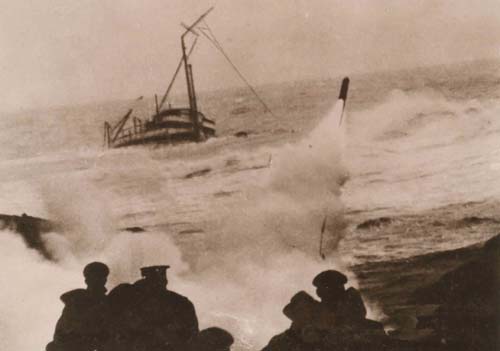
Dawn brought no further chance of launching the lifeboat, as the weather had not abated. It was still not possible to launch the number one lifeboat. The only other option was to get Whitby's number two life the 'John Fielden' into a position opposite the wreck of the ship. After being rowed across the harbour, the 36 foot lifeboat was lifted over an eight foot wall on the east pier. It was a formidable task to drag the heavy lifeboat across the scar. Even though the hull of the lifeboat had been holed as it was dragged across the scar it had the task of attempting the rescue. With the lifeboat holed it reached the ship and even with its crew of fourteen it managed to rescue seventeen of the ships crew. The second attempt succeeded in rescuing another eighteen men.
After landing the men the lifeboat was in such a condition a decision was made that the lifeboat was not fit to launch again. It was dragged onto the scar where it was abandoned. Of the 229 crew, doctors and nurses originally on board only 145 survived. Bodies of the unlucky souls from the Rohilla were washed ashore and collected by the townsfolk. Many of the crew where never found. Many of the lifeboatmen were awarded medals for bravery including the captain of the Rohilla who was awarded the Bronze Medal of the Royal Society For Prevention of Cruelty to Animals for rescue the ships cat! Many of the crewmen were buried in Whitby where the owners of the Rohilla erected a monument to the ships loss. It was clear from advances in shipbuilding and vessels of that era that a new breed of lifeboat was needed and shortly after the loss of the hospital ship, Whitby's now outdated rowing lifeboat was replaced with a motor lifeboat.
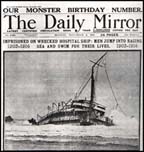
The lifeboat was eventually launched into the boiling surf rescuing 17 poor souls on her first trip to the grounded vessel. With great courage the lifeboat was launched into the sea again and upon closing on the remains of the once proud vessel she was able to render further assistance. Upon reaching the shore was found that the lifeboat was too badly damaged to be of any further use and she was abandoned to the elements, left on the rock scar, which had claimed the Rohilla!
The sea continued to pound the shore and with no possibility of being able to launch any of the Whitby lifeboats into such atrocious conditions there seemed little hope of rescue for those stranded aboard the Rohilla's remains. Unable to stand by and do nothing the lifeboatmen came up yet another daring and courageous plan to aid those aboard the Rohilla. In an amazing feat of human spirit the Upgang lifeboat William Riley was hauled over land to the cliff top, overlooking the wrecked ship. In what was to be a most extraordinarily difficult task, the lifeboat was lowered down a 200 ft perpendicular cliff. However, despite all that had gone on to get the lifeboat into a position adjacent to the Rohilla the lifeboatmen could do no more than watch dejectedly as the sea conditions made any attempt at launching the lifeboat to risky to venture until later. When the lifeboat was eventually able to make to the water the crew had to battle to close on the wreck but were beaten back at each attempt.
The Scarborough lifeboat, Queensbury was towed to the scene standing by overnight for 18 hours in worsening seas, in case the possibility of rescue arose. After 18 ours at sea and numerous valiant attempts to close on the wreck ship, they were forced to return home defeated. The Teesmouth lifeboat had departed for the scene but after sustaining damage in such poor conditions she had little choice but to return to her home port. The following morning both the William Riley and the Whitby 1 lifeboat, Robert & Mary Ellis, attempted rescues but neither were able to get close on what remained of the once proud ship. The remaining 50 survivors were rescued by the Tynemouth motor lifeboat, Henry Vernon, which had sailed over forty miles in darkness and extremely hazardous conditions. Over the weekend as the tragic story of the Rohilla unfolded, six lifeboats were involved in rescue attempts.
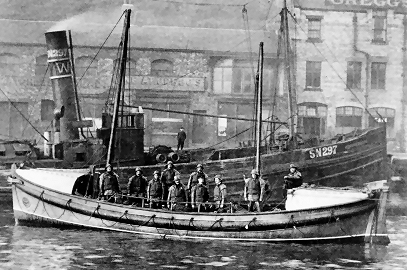
The Royal National Lifeboat Institution lists the events as one of the worst services in its history. Numerous medals including the Gold and Silver were awarded after the rescue. Of the lifeboats the John Fielden was wrecked during the rescue, the Henry Vernon is reported as being broken up in the Bay of Biscay, and the whereabouts of the Queensbury is unknown?
It is not possible to do the story justice in just one page and I can only suggest you buy the book. I am of course biased, but I hope you find my book serves as a definitive account of the tragic events surrounding its loss. I have included as much information so that the book will serve as an excellent reference book for anyone interested in the Rohilla. The book brings together many fine line drawings and photographs, many never published before, along with unique photographs of the vessel herself and related artifacts.
Copyright © Colin Brittain 1999 - 2014